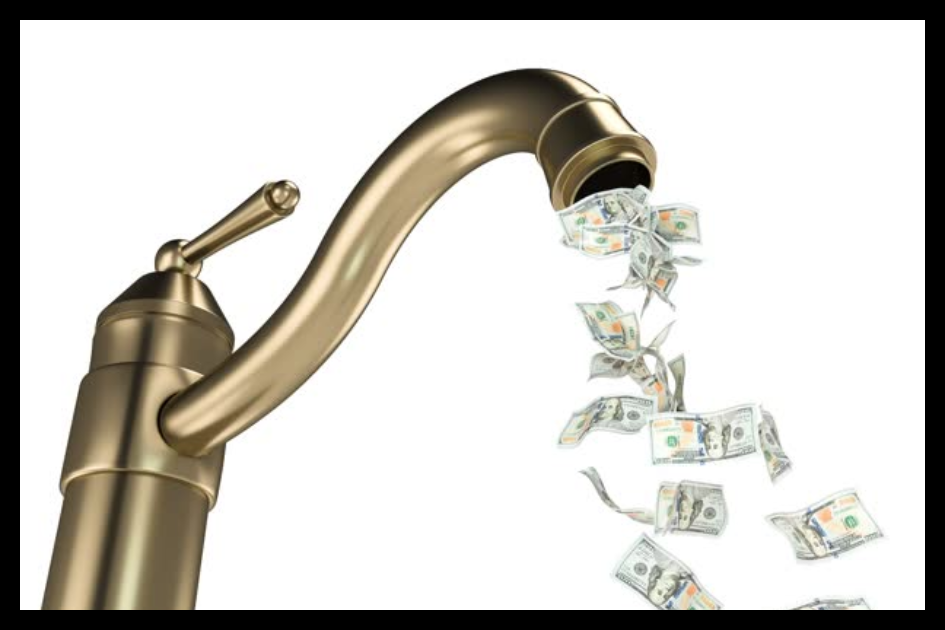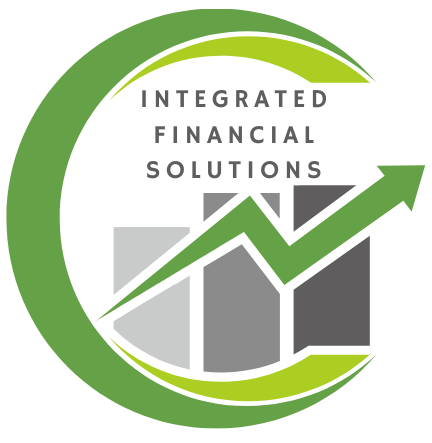Running a profitable business isn’t just about generating revenue — it’s about keeping more of the money you earn. Unfortunately, many owners unknowingly lose thousands each year to hidden cash flow leaks. These silent profit drains hide in everyday operations, slowly eating away at your financial health. By learning how to spot and eliminate them, you can protect your bottom line and position your business for sustainable growth.
Overlooked Expenses That Quietly Drain Profits
One major source of hidden cash flow leaks is small, recurring expenses that escape regular review. On their own, these costs may seem harmless. But over the course of a year, they can add up to a surprising amount.
Examples include automatic service renewals, bank fees, unused vendor services, or outdated tools you’ve outgrown. The solution is simple: schedule regular expense audits to ensure every payment still serves your current business needs. This proactive step helps reclaim wasted funds and redirect them toward growth initiatives.
Unused Subscriptions That Keep Billing You
It’s common for businesses to sign up for new tools, platforms, or memberships with good intentions — only to stop using them while the charges continue. These are among the easiest hidden cash flow leaks to miss, especially if the amounts are small and spread across different payment methods.
Go through your bank and credit card statements with a fine-tooth comb. If you find a subscription that no longer supports your business goals, cancel it immediately. Even removing a few of these charges can free up hundreds or thousands of dollars annually.
Slow Collections and Late Payments
Your business can be profitable on paper and still suffer from hidden cash flow leaks if payments aren’t arriving on time. Every late invoice is essentially an interest-free loan to your clients — one that could be disrupting your ability to cover expenses or reinvest in your business.
To fix this, send invoices promptly, set clear payment terms, and follow up on overdue accounts consistently. You might also consider offering small discounts for early payment or requiring deposits for large projects. These strategies encourage faster payments and keep cash moving smoothly.
Excess Inventory That Ties Up Capital
For businesses with physical products, overstocking is another common cause of hidden cash flow leaks. Unsold inventory doesn’t just take up space — it traps money that could be used elsewhere in your operations.
Conduct regular inventory reviews to identify slow-moving items. Adjust your purchasing strategy to better match actual sales patterns. This approach keeps your capital liquid and reduces the risk of markdown losses later.
Stop the Drip and Strengthen Your Finances
The best way to stop hidden cash flow leaks is to actively look for them. Regularly audit expenses, cancel unused subscriptions, speed up collections, and right-size your inventory. While each fix may seem small, together they create a stronger, more resilient cash position. The more money you keep, the more you can reinvest into scaling your business and building long-term stability.

